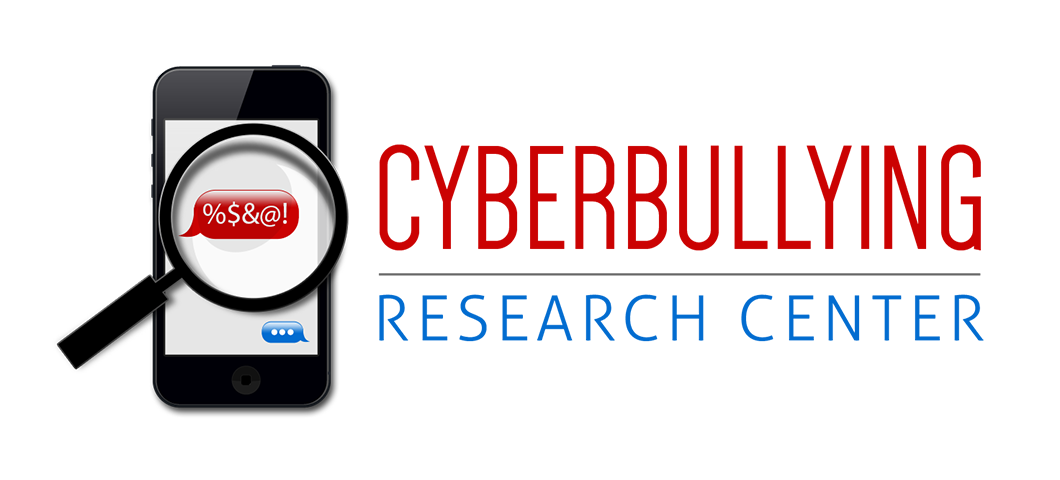
Our latest book School Climate 2.0: Preventing Cyberbullying and Sexting One Class at a Time argues that one promising way to prevent cyberbullying and other problematic online behaviors from occurring is to develop a positive climate at school where students feel safe and cared about. There is ample evidence to affirm the power of a positive climate in preventing a host of problems at school, including student and teacher victimization, delinquency, and disorder. We wondered if a positive climate at school could also serve as a protective factor in reducing involvement in cyberbullying, sexting, and other high-tech misbehaviors that largely occur away from school.
As a preliminary test of this hypothesis, we analyzed data from a random sample of approximately 4,400 middle and high school students from 33 schools in a large school district in the United States. We asked students to tell us their thoughts about the quality of the climate at their school and also asked them to report their experiences with cyberbullying. With regard to the quality of the climate, we specifically asked students to tell us the extent to which they agreed with the following statements:
- I feel safe at my school.
- I feel that teachers at my school care about me.
- I feel that teachers at my school really try to help me succeed.
- I feel that students at my school trust and respect the teachers.
- I feel that teachers at my school are fair to all students.
- I feel that teachers at my school take bullying very seriously.
Students responded to each of these questions using a 4-point scale ranging from strongly disagree (0) to strongly agree (3). Scores from the six questions were averaged for each student, and each school was given an average score based on responses from a random sample of students in that school. School climate scores ranged from 1.41 to 2.16, and the three groups were created by looking at natural breaks, which placed roughly one-third of the schools in each group. Average climate scores for each group were low (1.55), medium (1.71), and high (1.90).
For cyberbullying, we used our standard measure which first defined cyberbullying as “when someone repeatedly makes fun of another person online or repeatedly picks on another person through email or text message or when someone posts something online about another person that they don’t like.” We then asked about nine different types of cyberbullying behaviors (including pictures, messaging, comments, etc.). We calculated the percentage of students who had been cyberbullied or who had cyberbullied others, by school, and aggregated the schools across the three different groups of school climate (low, medium, and high). As expected, we saw a clear relationship between the quality of the climate and the proportion of students who had experienced cyberbullying.

As you can see from Table 1 (click here for a larger version of the chart), the better the quality of the climate, the fewer number of students reported experiencing (either as a victim or as a bully) cyberbullying. The students from higher climate schools also reported fewer sexting incidents. Our book goes into a lot more detail about the research and results, and provides numerous practical examples of ways to improve one’s school climate, so please check it out for more information.
It is important once again to acknowledge the preliminary nature of this research. We were only able to include 33 schools from one school district, and we want to encourage others to replicate this work with larger and more diverse samples. Ideally, scores of schools from around the U.S. (and abroad!) would be sampled and analyzed to obtain a more comprehensive picture of the nature of the relationship between climate and online behaviors. And we would be happy to assist others in these efforts. If you have any other questions about this or any of our other research, don’t hesitate to contact us.








I think its great that you were able to conduct such a comprehensive school climate study. Your results as it relates to cyberbullying are very interesting.